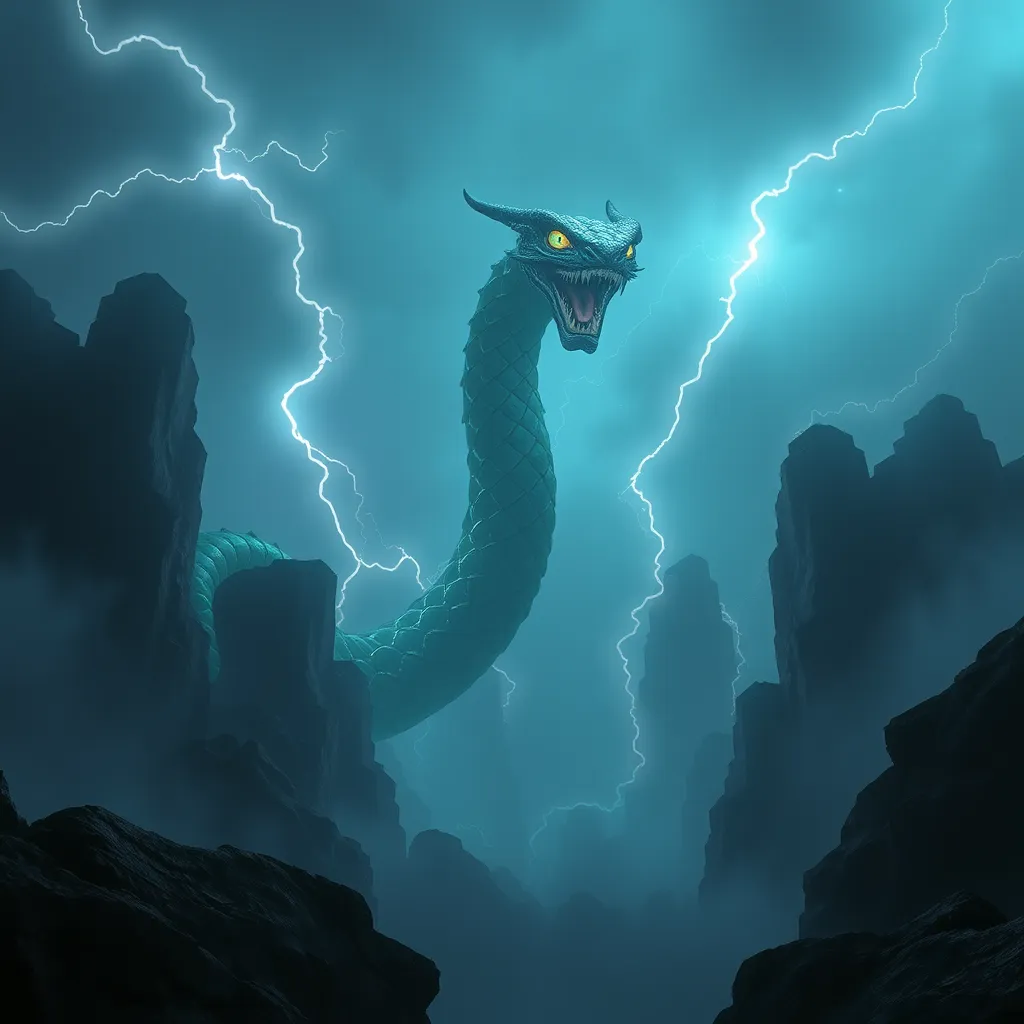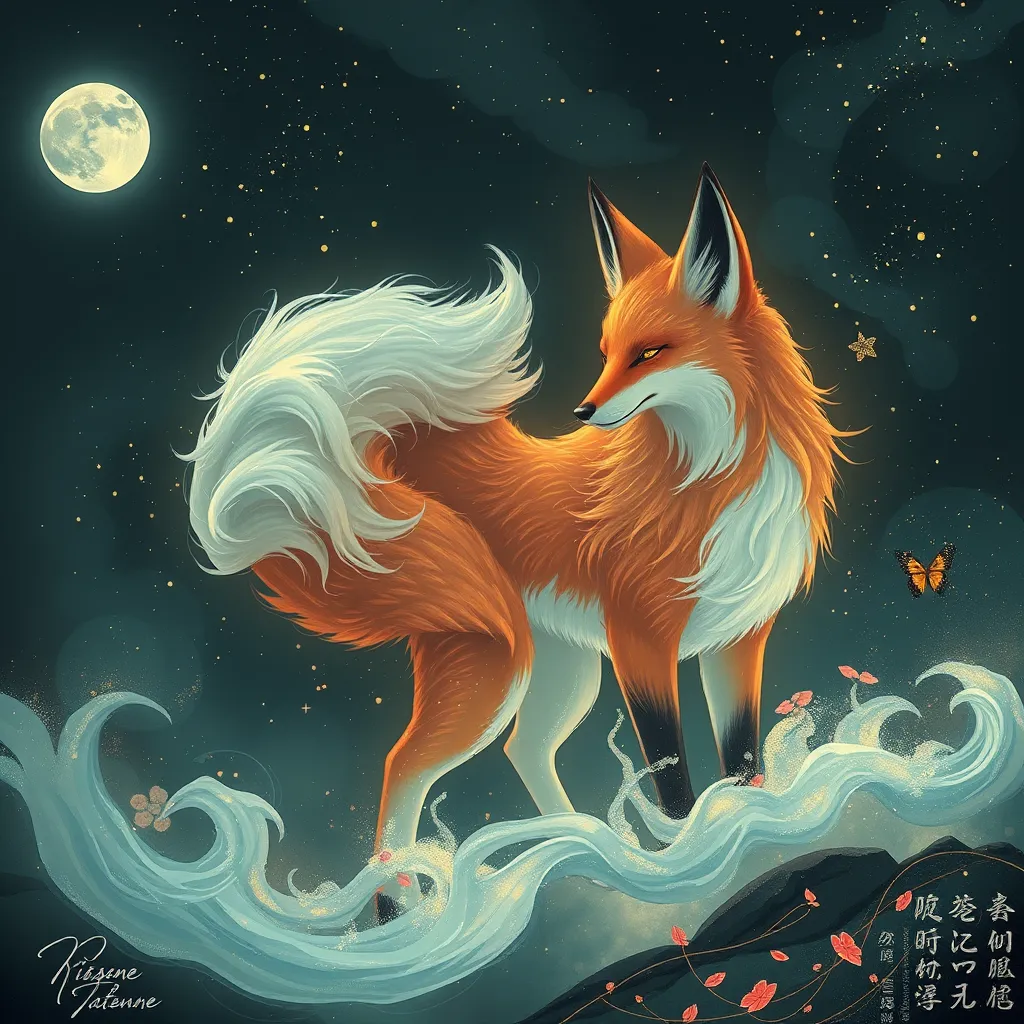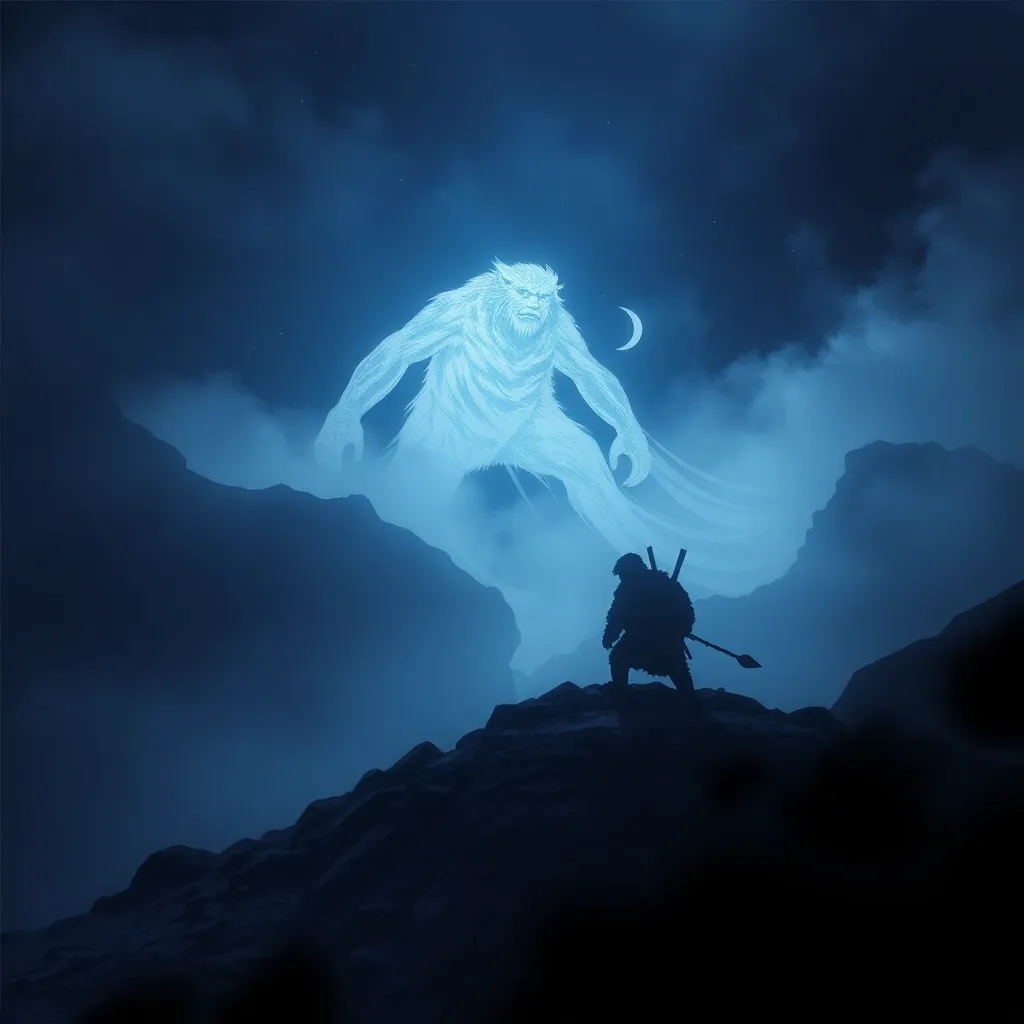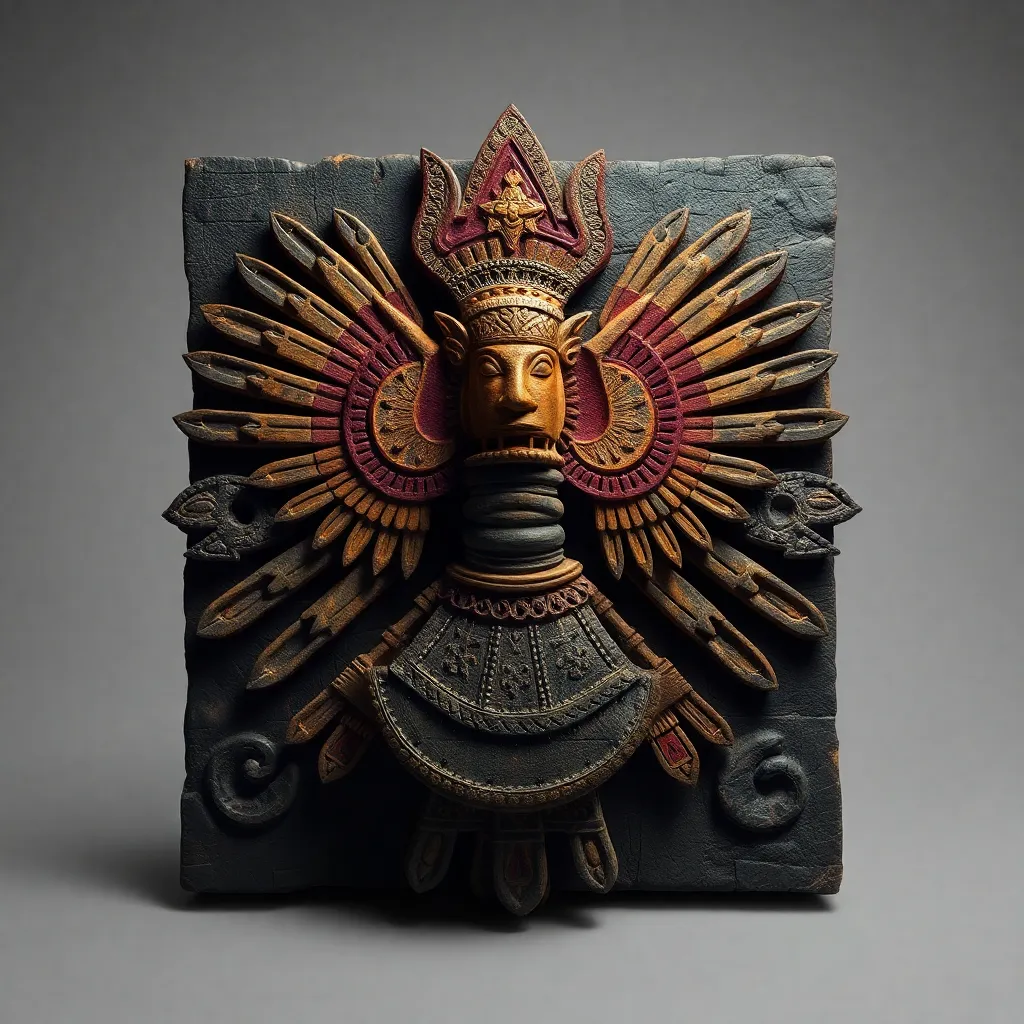The Basilisk’s Legacy: Exploring the Monster’s Influence on Popular Culture
I. Introduction
The Basilisk, often referred to as the “king of serpents,” has captured the imagination of cultures around the world for centuries. This mythical creature is typically depicted as a serpent or lizard with the power to kill with a single glance. Its origins can be traced back to ancient texts and folklore, where it was associated with death and destruction.
In mythology and folklore, the Basilisk’s role often embodies the duality of fear and fascination, serving as both a warning and a symbol of power. The purpose of this article is to analyze the Basilisk’s influence on modern popular culture, exploring its legacy across literature, film, video games, and beyond.
II. The Mythological Roots of the Basilisk
The historical accounts of the Basilisk vary, with some of the earliest references found in the writings of ancient Greece and Rome. It is often described as a creature with lethal capabilities, including a deadly gaze or venomous breath.
- Historical Accounts: The Basilisk is mentioned by Pliny the Elder in his work “Natural History,” where he describes its deadly nature and the fear it instilled in those who encountered it.
- Cultural Mythologies: Different cultures have their interpretations of the Basilisk, with variations in its appearance and powers. For instance, in medieval European lore, it is often depicted as a hybrid of a serpent and a rooster.
The Basilisk’s significance in folklore lies in its symbolism. It represents not only danger but also the struggle between good and evil, making it a compelling figure in storytelling.
III. The Basilisk in Literature
Literature has long been a prominent medium for exploring the Basilisk myth. Early references can be found in texts from the Middle Ages, where the creature often symbolizes treachery and malice.
- Notable Works: The Basilisk appears in various literary works, including:
- “Harry Potter and the Chamber of Secrets” by J.K. Rowling, where it plays a significant role as a guardian of the Chamber.
- “The Basilisk” by John Keats, which poetically explores the creature’s mythos.
Contemporary literature has continued to evolve the portrayal of the Basilisk, often reimagining it as a complex character that embodies various themes such as fear, power, and transformation.
IV. The Basilisk in Film and Television
The Basilisk has made its mark on the silver screen, particularly in fantasy and horror films. Its cinematic representations often highlight its menacing qualities and the awe it inspires.
- Iconic Film Representations: One of the most notable appearances is in “Harry Potter and the Chamber of Secrets,” where the Basilisk is portrayed as a massive serpent with formidable powers.
- Fantasy and Horror Genres: The creature often serves as a formidable antagonist, challenging heroes and embodying the darker aspects of fantasy storytelling.
Analysis of the Basilisk’s visual adaptations reveals a blend of traditional imagery and modern CGI techniques, enhancing its terrifying presence on screen.
V. The Basilisk in Video Games
Video games have embraced the Basilisk as a formidable foe and a source of inspiration for game mechanics and design. Its presence in gaming often reflects its mythological roots.
- Popular Video Games: Notable games featuring the Basilisk include:
- “Dungeons & Dragons,” where it is a well-known monster with unique abilities.
- “Dark Souls,” which incorporates the Basilisk into its lore and gameplay, presenting it as a challenging enemy.
Gameplay mechanics inspired by the creature include petrification effects, enhancing the tension and stakes during encounters. Additionally, fan interpretations and community creations showcase the Basilisk’s versatility in gaming culture.
VI. The Basilisk’s Cultural Impact
The Basilisk’s influence extends beyond literature and gaming into various aspects of culture. Its imagery and themes have permeated merchandise, events, and online communities.
- Merchandise and Collectibles: The Basilisk has inspired a range of products, including figurines, apparel, and art prints, allowing fans to celebrate the creature in their everyday lives.
- Halloween and Horror Events: The creature’s fearsome reputation makes it a popular choice for Halloween decorations and horror-themed events, where it symbolizes the darker side of folklore.
Online communities and fan culture have also embraced the Basilisk, creating fan art, stories, and discussions that keep the creature’s legacy alive in the digital age.
VII. The Legacy of the Basilisk in Modern Mythos
The continued relevance of the Basilisk in contemporary storytelling underscores its lasting appeal. It serves as a reminder of the power of myth and the human fascination with creatures that embody both beauty and terror.
- Comparisons to Other Mythological Creatures: The Basilisk shares similarities with other legendary beings, such as dragons and griffins, yet it maintains a unique identity rooted in its specific lore.
- Future Directions: The Basilisk’s representation in media is likely to evolve, with new interpretations and adaptations emerging as storytellers seek fresh narratives.
VIII. Conclusion
In summary, the Basilisk’s influence across various cultural mediums is profound and multifaceted. From its mythological roots to its modern representations in literature, film, and gaming, the creature continues to captivate audiences.
The enduring fascination with mythical creatures, such as the Basilisk, highlights humanity’s desire to explore the unknown and confront our fears through storytelling. As we look to the future, the Basilisk’s legacy is sure to inspire new tales, keeping the magic of mythology alive for generations to come.



